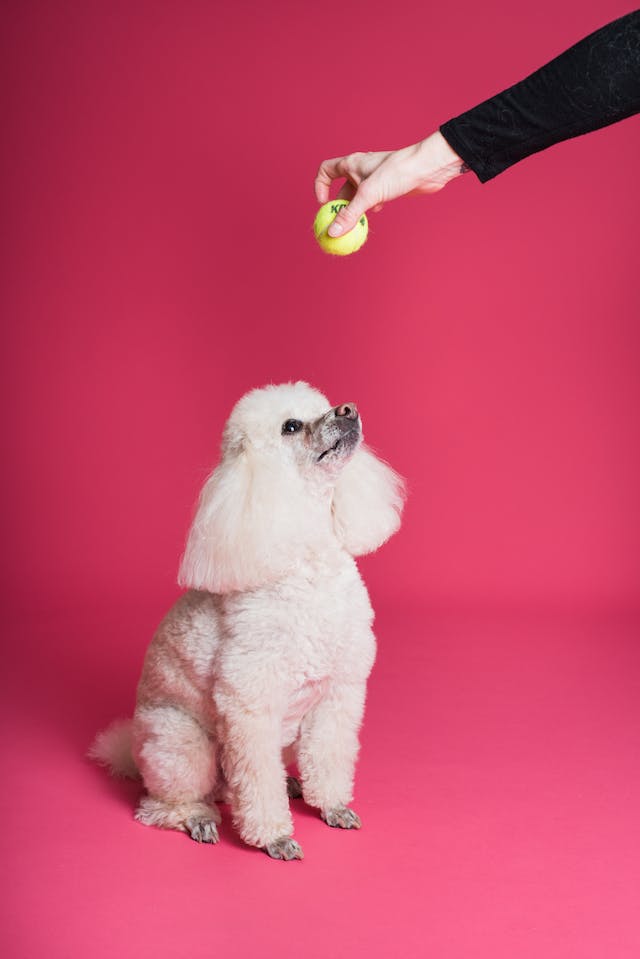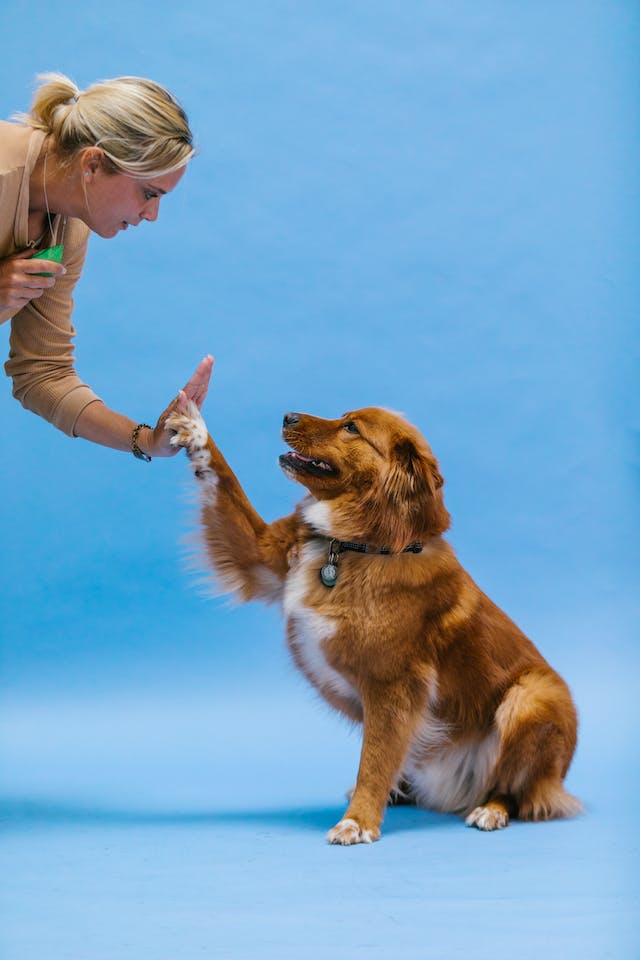During dog training, have you ever felt that your dog sees you as a treat-machine, and stops obeying as soon as you don’t have treats in your hand? Than this article is for you.
Dog training is an essential aspect of building a strong bond between humans and their furry companions. While many trainers resort to using food as a primary motivator, there exists a more profound and lasting approach to canine education that goes beyond the treats. In this article, we will explore the art of dog training without relying on food rewards, emphasizing the importance of connection, positive reinforcement, and understanding your dog’s individual needs.

Understanding Your Dog’s Motivations
Dogs, like humans, have unique personalities and motivations. To train a dog effectively without food, it is crucial to understand what drives and excites your furry friend. Some dogs are motivated by play, others by praise, and some by physical affection. Observing your dog’s natural behaviors and preferences will guide you in discovering alternative rewards that go beyond a simple treat.
Building a Strong Connection
The foundation of effective dog training lies in establishing a strong connection between you and your canine companion. Spend quality time together, engage in activities your dog enjoys, and be a consistent presence in their life. Dogs are social animals that thrive on companionship, and by building a strong bond, you create a sense of trust and cooperation that is far more powerful than any treat.

Positive Reinforcement Beyond Food in dog training
Positive reinforcement doesn’t have to come in the form of edible rewards. Praise, affection, and play can be just as effective in motivating your dog. When your dog exhibits the desired behavior, offer enthusiastic verbal praise, gentle petting, or engage in a fun play session. Dogs are eager to please their owners, and positive reinforcement builds on their natural inclination to seek approval.
Utilizing Toys and Play
For many dogs, toys are powerful motivators that rival the appeal of treats. Find toys that your dog loves and incorporate them into training sessions. Tug-of-war, fetch, and interactive games can be used as rewards for good behavior. This not only keeps training sessions enjoyable for your dog but also enhances the bond between you and your furry friend.
Dog training with patience and Consistency
Consistency is key in any dog training regimen, whether or not food is involved. Set clear expectations, be patient, and reward your dog consistently for the desired behavior. Dogs thrive on routine, and they quickly learn to associate specific actions with positive consequences. Over time, this consistency will lead to a well-behaved and obedient companion.

Understanding Individual Needs
Each dog is unique, and what works for one may not work for another. Pay attention to your dog’s reactions and adjust your training methods accordingly. Some dogs may respond better to verbal praise, while others may prefer physical play. Tailor your approach to your dog’s individual needs and preferences to achieve the best results.
Conclusion
Dog training without food is not only possible but can also deepen the bond between you and your furry friend. By understanding your dog’s motivations, building a strong connection, and using a variety of positive reinforcement techniques, you can create a well-behaved and happy canine companion. The key lies in patience, consistency, and a genuine commitment to understanding and meeting your dog’s individual needs.

